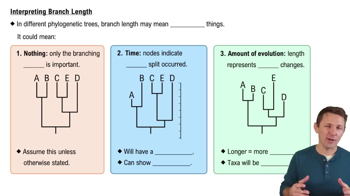Consider three spheres with radii of 1 cm, 5 cm, and 10 cm.
Calculate the surface area and the volume of each sphere, and plot the results on a graph with radius on the x-axis and surface area and volume on the y-axis. (Surface area of a sphere = 4πr2; volume of a sphere = (4/3)πr3.)
Explain how the graph shows the relationship between size and surface area to volume ratio.







